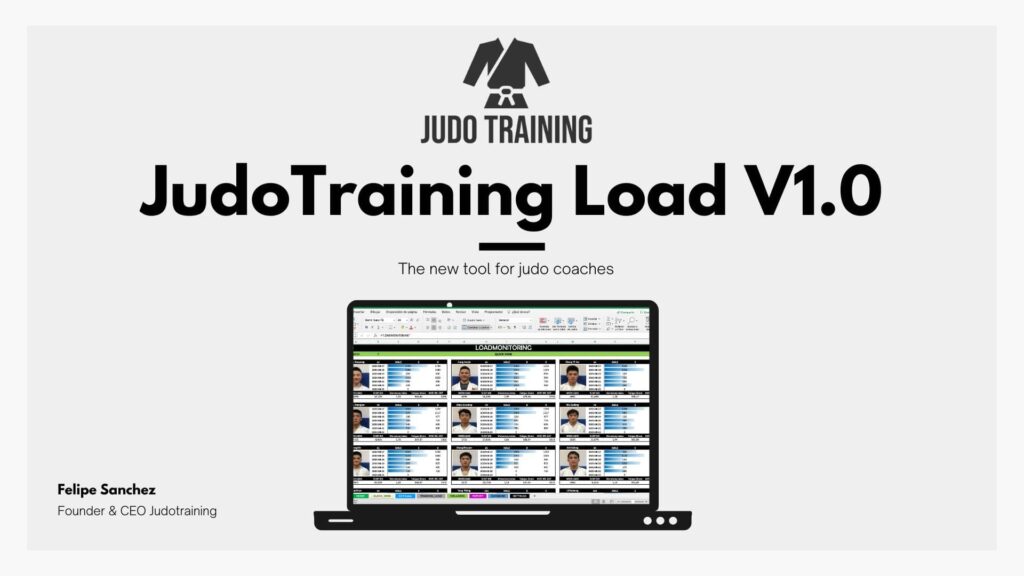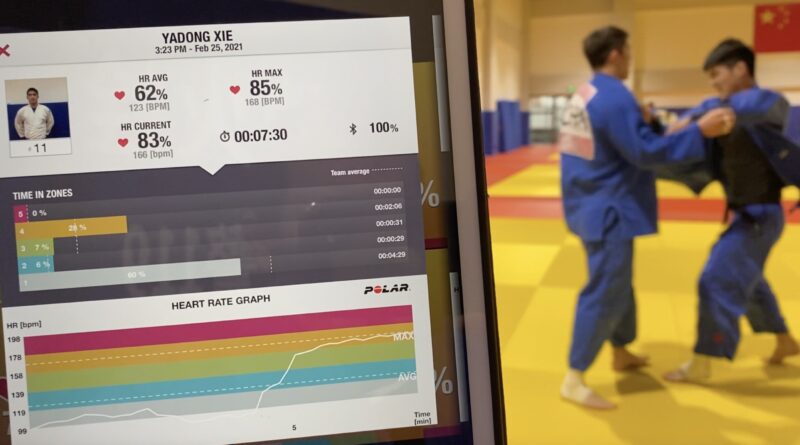The simple low-cost guide to athlete fatigue monitoring
Appropriate load monitoring can aid in determining whether an athlete is adapting to a training program and in minimizing the risk of developing non-functional overreaching, illness, and/or injury. Measures of training load can be categorized as either internal or external, and this doesn’t necessarily involve the use of sophisticated technology. This research show us that there are several low cost strategies that can help coaches monitor their athletes’ training load on a budget.
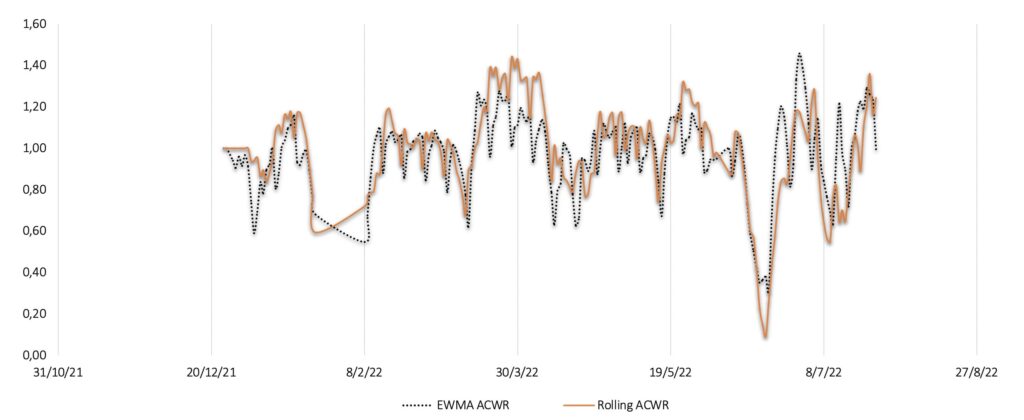

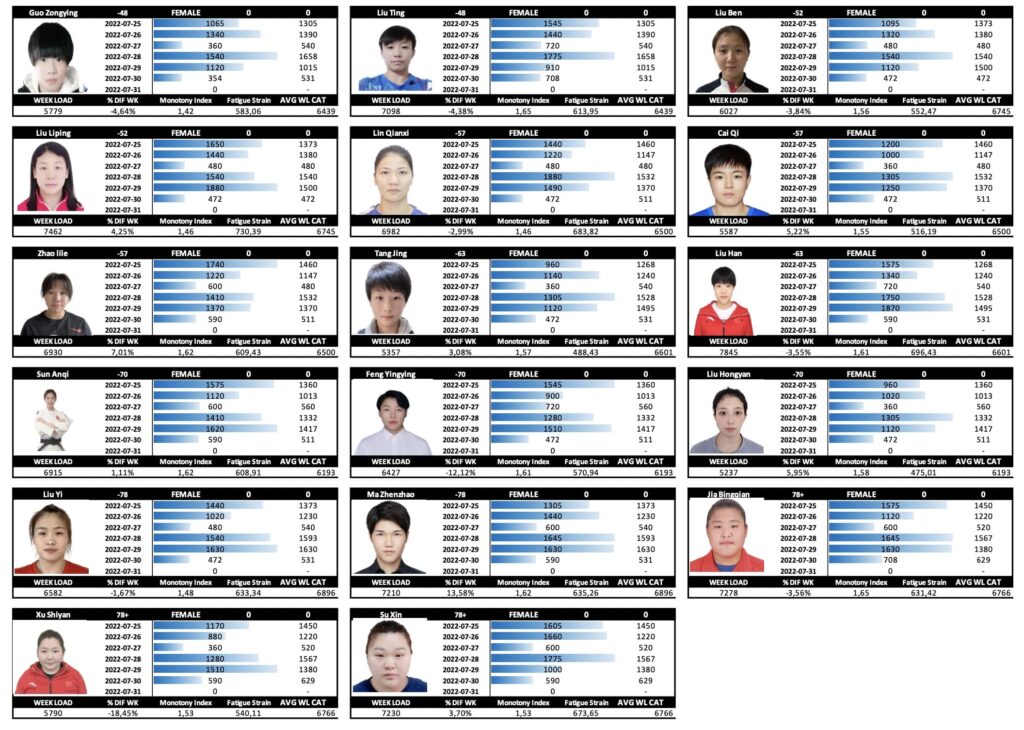
Jalilvand, F., Chapman , D. W., Sheppard, J. M., Stecyk, S. D., Banoocy, N., Marchetti, P. H., Voss, M. J., Rabbani, A., Martinez, D., & Hughes, J. D. (2023). The simple low-cost guide to athlete fatigue monitoring. Scientific Journal of Sport and Performance, 3(1), 47–63.

\ABSTRACT
As the demands of training and competition increase so does the potential risk of injury and illness to the athlete whilst seeking to maximize their adaptive processes to promote optimal performance. Therefore, as a strategy to mitigate this risk, strength and conditioning coaches need reliable and valid monitoring tools to track an athlete’s status throughout training to ensure progression of adaptation, and that the athlete remains healthy throughout the adaptation process. The purpose of this article is to provide the reader an evidence-driven outline of basic, simple, and cost-effective monitoring tools which are reliable and valid to observe the fitness/fatigue paradigm and track overall athlete physical adaptation and health throughout the training process, suitable for most settings. A weekly example calculating sessional ratings of perceived exertion (sRPE), training load, monotony, and strain is provided along with a basic monitoring system as a guide for the reader.
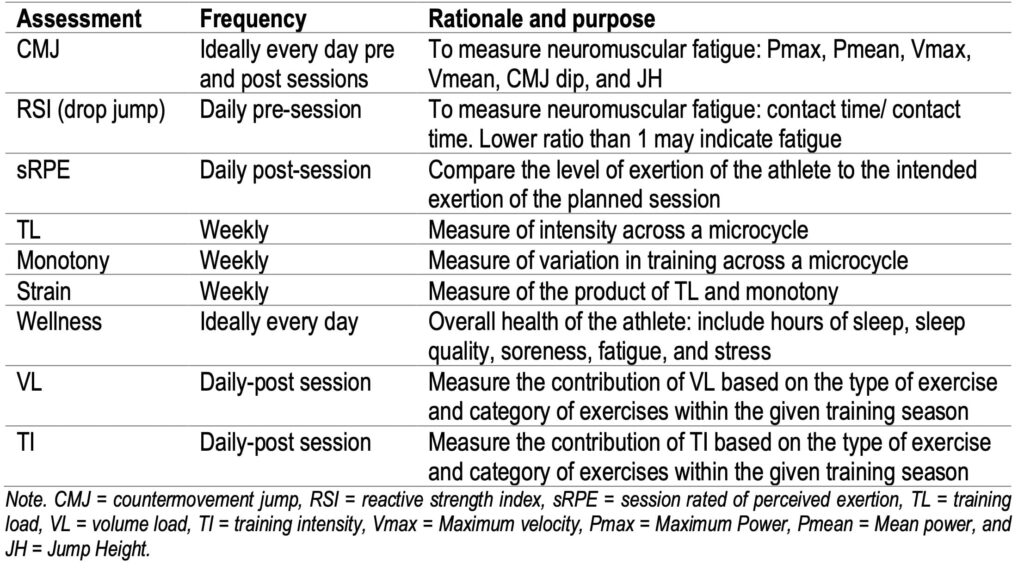
Keywords: Sport medicine, Injury prevention, Load management, Overtraining.
Download the full article HERE.
Check out our previous articles about training load in judo if you want to know about this topic:
- Dynamic training load management in international judo training camp
- Monitoring Training Loads in Judo Athletes
- Training load in judo
- Using Training Monotony to design better judo programs
- Week to week changes in judo periodization
JUDOTRAINING LOAD V1.0
Now you can calculate the Training Load,Monotony Index, Fatigue Strain, ACWR and other interesting measurements with our Excel Sheet JudoTraining Load V1.0 and take your’s team performance to the next level.
If you would like to know more information about this new tool for judo coaches, you can check it out HERE and download the brochure with all information.
